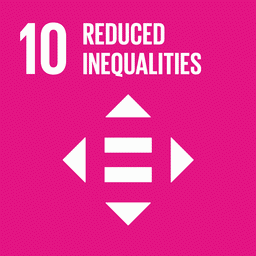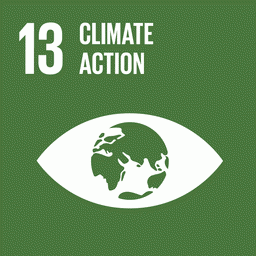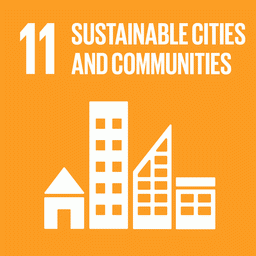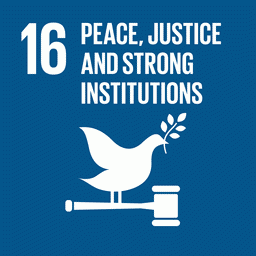The fight for a healthy environment and a just society for LGBTQIA+ people can meet. This is shown by the trajectory of many of IPAM’s (Instituto de Pesquisa Ambiental da Amazônia) collaborators who not only work in the production of science and environmental public policies, but also live their sexual orientation and guide it in the work they do.
The story of each and every one of them points to the construction of a more modern and daring conservation science, because it doesn’t just look at their experiences, but recognizes the plurality of points of view and the importance of including them.
Love for the environment and self-discovery
Isabel de Castro is the geoprocessing coordinator at IPAM. Her almost 20-year career as a researcher is accompanied by many stories, but there is one she doesn’t often tell: how she came to see herself as a bisexual woman. Discovering the term and its meaning took time, but her experience began at university.
Thanks to the trails and waters of the Cerrado, Isabel fell in love with nature, which led her to study forestry engineering at the University of Brasilia (UNB). It was in the academic environment that she met and experienced her first affections with women, even though she still thought of herself as a straight woman. Years later, in a conversation with her now husband, she realized that loving women and men has its own name and identity, which she now proudly assumes.
In the interior of Pará, a few years later, Larissa Farias, a research analyst at IPAM, made a similarly important discovery. Her love of biology took her to Bragança (PA), and the four years of undergraduate study earned her, as well as a degree, her discovery as a lesbian woman.
Larissa explains that she had admired women since she was a teenager, but was only able to make sense of this affection after her first same-sex relationship. “I saw myself a lot in this place of ‘I really like so-and-so, she’s very nice and beautiful’, but I didn’t know how to deal with this feeling inside me. Only later, looking back, did I realize that my identity was already being built there,” she recalls.
Kessyane Ymud, an administrative assistant at IPAM, followed a similar path. The environmental issue came to her much earlier, still in her teens, when she heard about IPAM from people working at the organization and realized she wanted to work for a cause.
The discovery of her bisexuality came when she decided to explore this part of herself at the age of 20 – something she didn’t have the chance to experience growing up, due to the lack of LGBTQIA+ references in her childhood in Belém (PA).
Luiz Felipe Fadel, a researcher at IPAM, realized he was gay when he was still a boy and, by the age of 12, he had already come out to his friends. The environmental struggle became part of his life years after studying chemical engineering, but it was there that he became enchanted by the process of transforming lives, when he worked voluntarily with a project to support women in economic vulnerability.
Today, his daily life is filled with the same purpose: he supports family farmers and traditional communities by building environmental public policies for these groups.
Challenges and freedom
Before joining IPAM, Larissa Farias often had to hide her sexuality. As a modular school teacher, she taught in several towns in the interior of Pará, where the teachers – mostly men – didn’t hide their inappropriate comments about women and LGBTQIA+ people.
“When I arrived at IPAM it was the opposite, a safe place. And it’s a very nice place, because in the Belém office, where I work, most of the employees are women. So I had no problem when I arrived saying: ‘Look, I’m a lesbian woman’,” explains the analyst.
For Fadel, there was a lack of identification and representation: in most of the places where she worked, she was the only LGBTQIA+ person. At IPAM, she says she met many colleagues of different sexual orientations.
Invisibility is one of the feelings shared by Isabel and Kessyane. They say they are not seen as bisexual and, when they affirm their sexuality, it is questioned. “There are people who think that what we are is a thing of the moment, that it’s something that only happens at parties. But it’s not like that,” emphasizes Kessyane.
Climate Justice into the rainbow
Larissa, Kessyane, Isabel and Fadel are unanimous: the LGBTQIA+ population needs to be included in the construction of environmental policies and in measures to adapt to the climate emergency.
Invisibility, inequality and violence were already common experiences for the LGBTQIA+ population even before the climate emergency. Rising temperatures bring with them a greater frequency and intensity of climatic extremes – such as droughts, floods and heatwaves – and the consequent intensification of social and economic inequalities.
For Isabel, the inclusion effort must be made by people outside the population. “This community is already vulnerable because of prejudice, from the beginning to the end of life. I think we, as a society, have to create this space for discussion,” says the researcher.
A volunteer at TODXS, Fadel intends to combine the work he does at IPAM to promote environmental actions with the creation of these spaces. “I think that’s what I’d like to focus on from now on: how I can bring these people into the conversation we’re having about the environment and climate. It’s very important to have this perspective of the entire LGBTIA+ population so that everyone has their place at the table and is considered in the creation of public policies,” says the research analyst.
Communications analyst*
Cover art: Karina Custódio*



